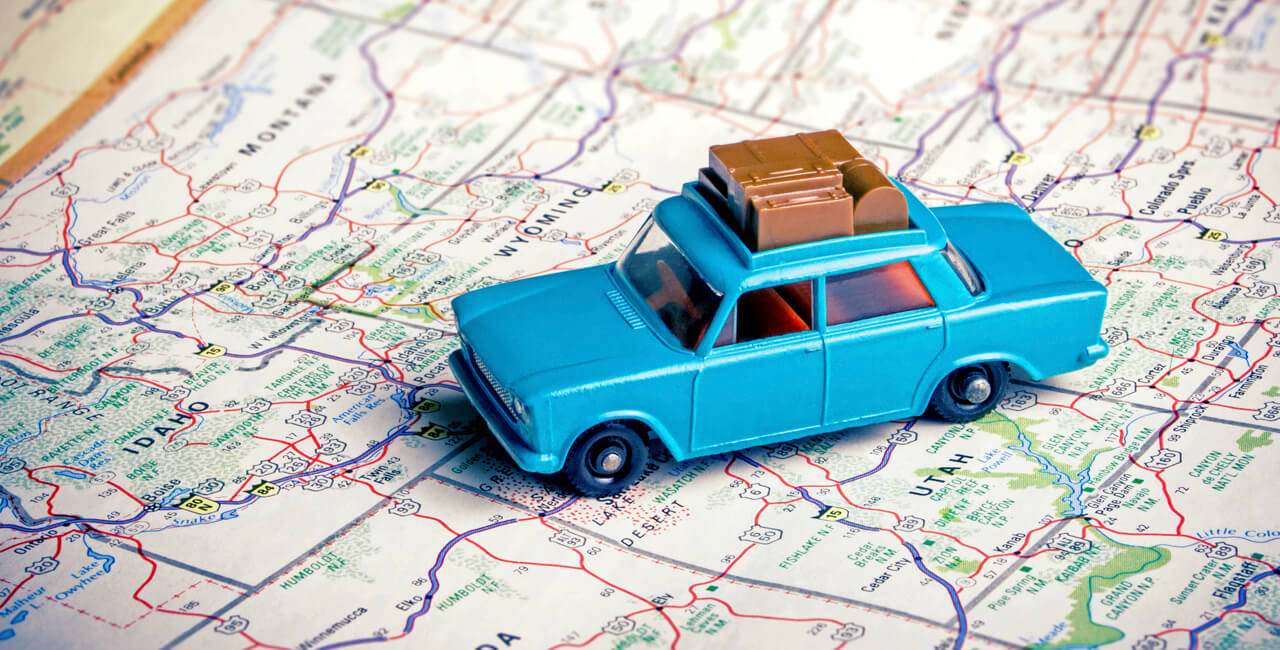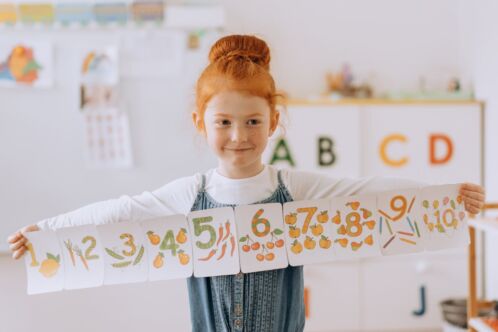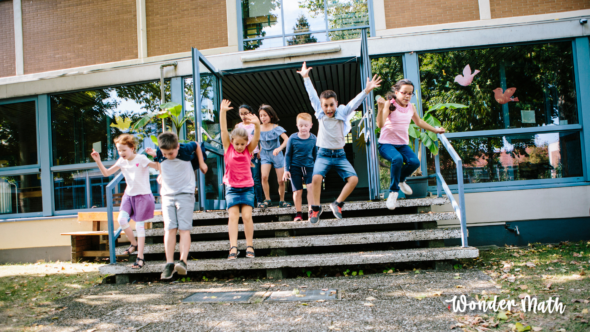Summer is here at last! For many American families, it’s time to hit the road. Planning a trip can seem like a burden, but with a little creativity, you can turn it into a fun activity that introduces practical math skills to your children along the way. From calculating travel distances and budgeting expenses to designing kid-friendly itineraries and maximizing fun, we’ll explore how mathematical principles can transform the chaos of trip planning into a smooth and enjoyable process for the whole family. Consider it a math field trip!
Whether you have little ones, kids in middle school, or high school students, planning a summer math field trip using math concepts can be both educational and fun! Here are some of our favorite math activities to explore before and during your next vacation:
Destination Selection
Start by discussing potential destinations with your kids. Consider factors like distance, attractions, and budget. Create a list of possible destinations and have your kids research them. They can gather information on travel costs, accommodation expenses, and activities available at each location.
Budgeting for a math field trip
Introduce the concept of budgeting to your kids. Explain that a budget is a plan for how to spend money. Use simple math to calculate the total estimated cost of the math field trip. This can include transportation, accommodation, meals, and activities. Have your kids compare the costs of different destinations and decide which one fits within your budget.
Transportation
If you’re traveling by car, involve your kids in planning the route of the math field trip. They can use maps to calculate distances and estimate travel time. Every map features a key that tells you how many miles an inch represents. Trace roads using string or a shoelace, then measure.
Let’s say that each inch represents 10 miles. For younger kids, you can count how many miles there are between points A and B using addition: three inches is 10 + 10 + 10. For older or more advanced students, use multiplication. Once you have a total distance, you can do a lot of planning and problem-solving.
If you’re flying, help your kids understand concepts like flight duration, time zones, and layovers. They can practice addition and subtraction by calculating the total travel time of the math field trip.
Are We There Yet?
Make time for fun pit stops! Planning for adequate snack breaks and sightseeing makes traveling fun, but it does take time. An hour or less can be the difference between open roads and rush hour traffic. Determine distances to and from off-highway destinations, and compare that to local speed limits to get a better idea. Kids can also problem-solve to help figure out what time is best to leave to arrive on schedule.
Fill ‘Er Up
Keep your math field trip under budget by calculating roughly how much gas you’ll need (and researching where to fill up!) Say your tank holds 300 miles worth of gas in a 16-gallon tank that costs $40 to fill at $2.50 per gallon. How much do you save by stopping on the state line, where gas is $2.25 per gallon? Challenge your child to determine the best way to problem solve—multiplication, division, or a combined approach. Use local gas station trackers online to find the best deal in the towns where you stop.
Accommodation
Research different accommodation options together, such as hotels, vacation rentals, or camping sites. Compare prices and amenities, and calculate the total cost based on the number of nights you plan to stay.
Activities for the math field trip
Make a list of activities you’d like to do on your math field trip. This could include visiting museums, going to amusement parks, or exploring nature trails. Use math to plan your itinerary. If you’re visiting multiple attractions, calculate how much time you’ll need at each one and how long it will take to travel between them.
Packing
Practice math skills while packing by estimating quantities. Have your kids calculate how many days you’ll be gone and how many pairs of socks or shirts they’ll need to pack. You can also introduce concepts like weight and volume by asking them to estimate how much their suitcase will weigh or how many items will fit inside.
Review and Adjust
Once you’ve planned your math field trip, review the itinerary and budget with your kids. Encourage them to ask questions and suggest any adjustments. Use this as an opportunity to reinforce math concepts by discussing how changes to the plan can affect the overall cost or schedule.
If the kids become restless on the drive, you can always revert to one of our favorite traveling games. There’s nothing like a little distraction and competition to pass the time! Looking for indoor math activities to do once you arrive at your destination to continue the math field trip fun? Here are five that we love. Or, maybe you plan to spend your time outside by the water? These beach-friendly math games are not to be missed! By involving your kids in the planning process and incorporating math into each step, you can make learning fun while preparing for an exciting summer math field trip adventure!




